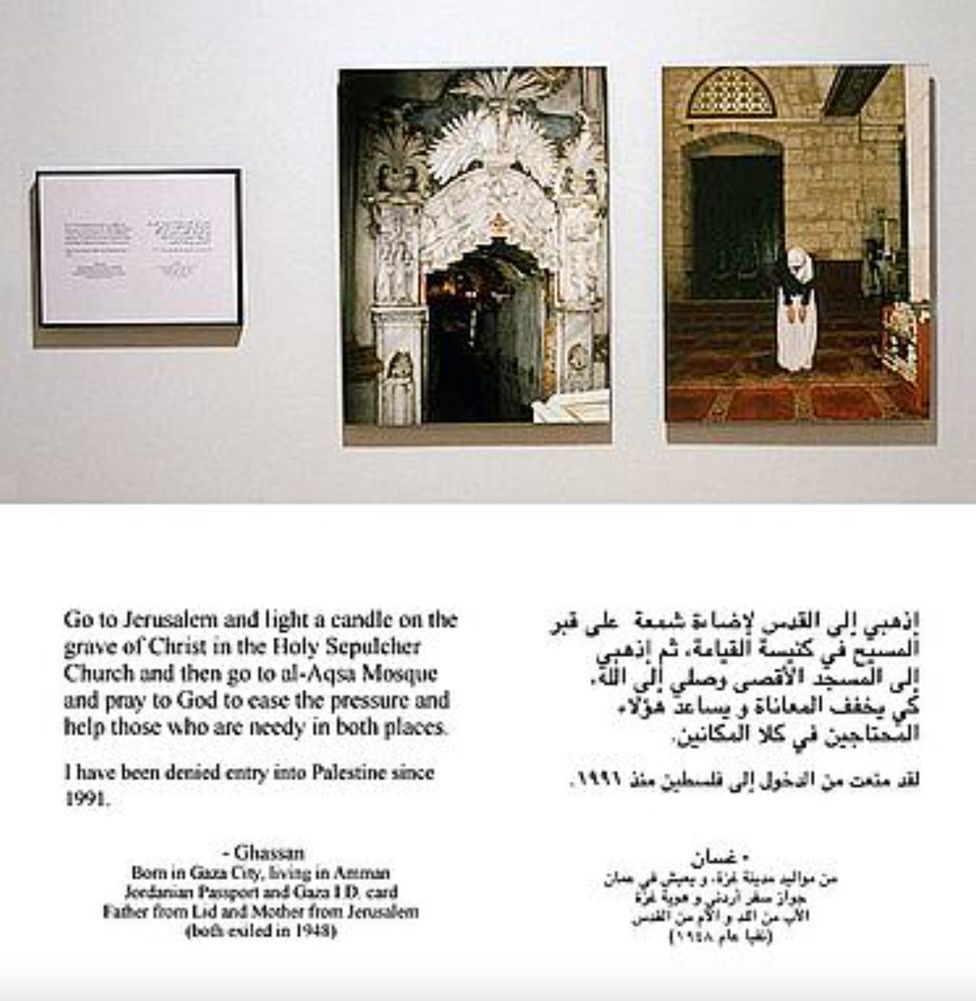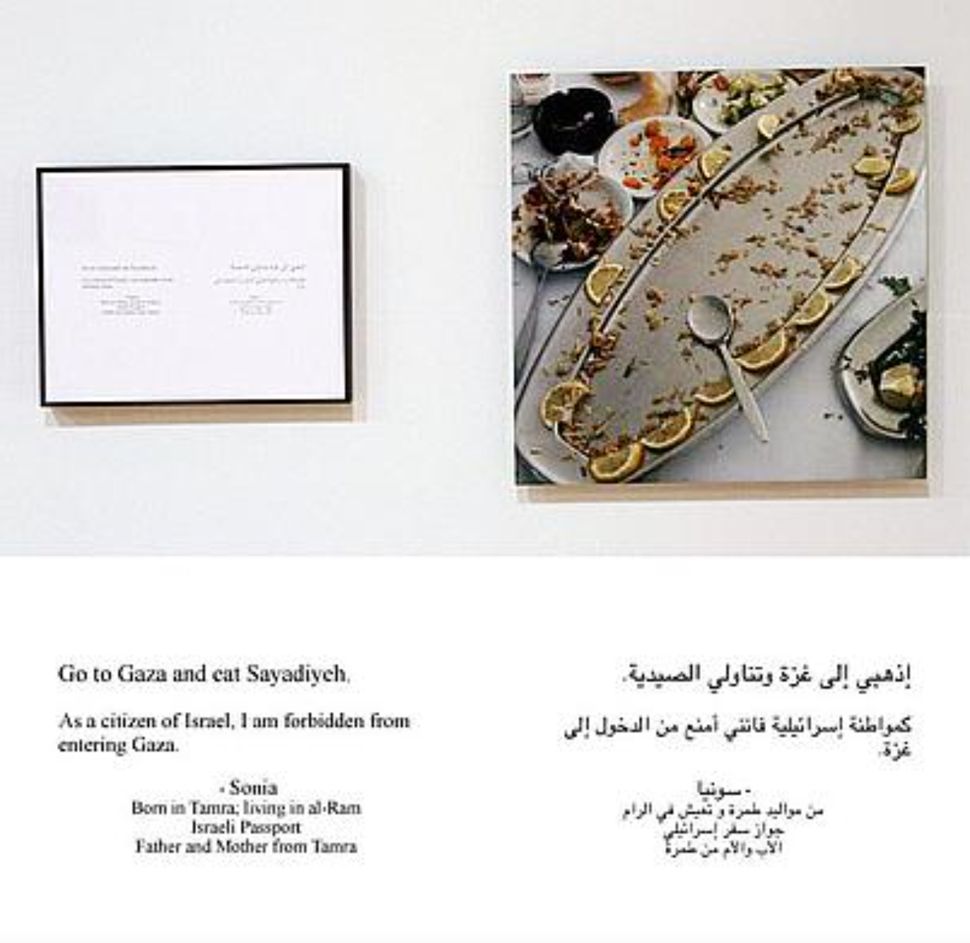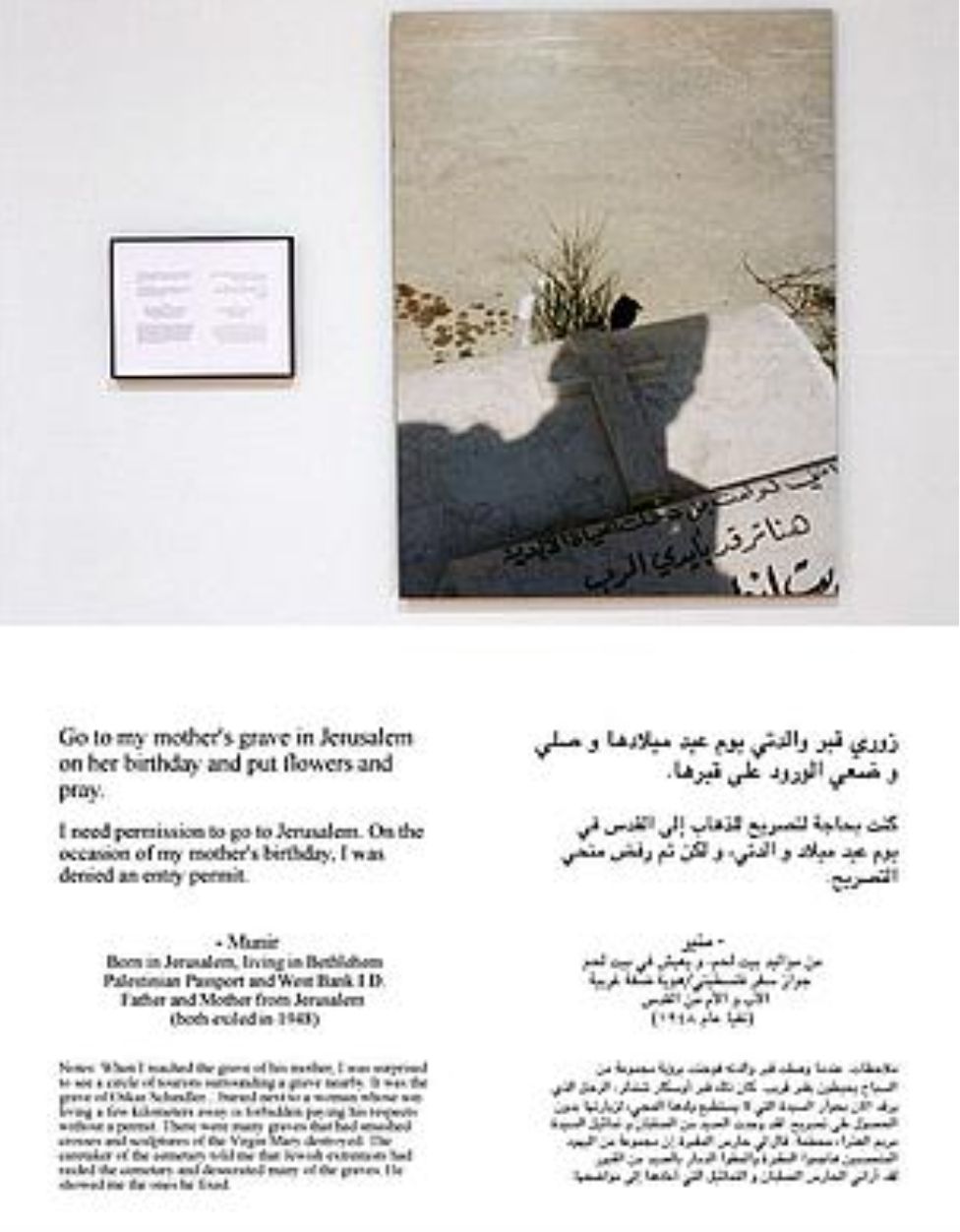The conflict between Israel and Palestine is steeped in the politics of colonialism, nationalism, religion and cultural heritage. The decades-long Israeli and Palestinian conflict can be traced back to the fall of the Ottoman Empire after the First World War and British imperialism in the late 19th century. The rise in racial and religious anti-semitism in Europe prompted the mass immigration of Jews from (Nazi-dominated) Eastern Europe to Palestine. However, at the time the region constituted an Arab majority and a Jewish minority.
The creation of the Balfour Declaration in 1917 by the British government facilitated the creation of a Jewish state in Palestine but left Palestinian Arabs without national and political rights. After renouncing its claim on Mandatory Palestine in 1948, Britain withdrew its army forces. On the 14th of May 1948, the independent State of Israel was created in Palestine, inciting the first of the Arab-Israeli wars. The Israeli victory of the war in 1949 resulted in significant Palestinian dispossession, and the former territory of Palestine was divided into three regions: the Gaza Strip located along the coast of the Mediterranean Sea, the West Bank, and the State of Israel.
Artists around the globe have used art as a form of activism to offer social commentary on and protest against contemporary global conflicts. Amongst such artists are Palestinian artists’ Emily Jacir and Larissa Sansour and Israeli sculptor Sigalit Landau, who have through film, installations, and sculptures, sought to capture the effects of political violence wrought by the Israeli and Palestinian conflict.
The 15th of May 1948 is the day of Al Nakba. Translated from Arabic, the term means “the catastrophe”. The date marks the mass exodus of 750,000 Palestinian Arabs who either fled or were exiled from Palestine, becoming displaced refugees across the Middle East. Since Al Nakba, both Palestinian exiles and their descendants from younger generations have been forbidden to return to Palestine.
Memorial to 418 Palestinian Villages Which Were Destroyed, Depopulated, and Occupied by Israel in 1948 by Emily Jacir is a 2001 installation representing a family-size refugee tent. The installation pays homage to those villages subjected to Israeli occupation, which have been archived in All That Remains, a book by Walid Khalidi. Embroidered on the tent are also the names of Palestinians and Israelis originating from the villages inscribed on the tent, making it a memorial of place and a site of both personal and collective shared stories.
In Where We Come From (2002-2003), Emily Jacir draws inspiration from the complexities of exile and diasporic desire to create a task-based performance project in which she as the artist endeavours to actualize the yearnings of those Palestinian exiles hoping to return to their homeland. Posing the question “If I could do anything for you, anywhere in Palestine, what would it be?” Jacir uses her privilege to move freely in Israel and Palestine, owed to her foreign American passport, to access those places on behalf of those who have been denied access.



The installation is comprised of English and Arabic requests in black-lettered text placed on white panels, placed adjacent to colour photographs documenting Jacir’s fulfilment of these requests. The requests Jacir received included drinking water from an ancestral village, paying a phone bill, eating traditional cuisine, visiting distant relatives, walking along the beach at sunset, putting flowers on the graves of deceased parents, and saying a little prayer in the city of Jerusalem. These requests, some prosaic and some poignant, are most often taken for granted when one is not subjected to surveillance and the lived realities of geographic dislocation.
As T.J. Demos writes, “Where We Come From, like much of Jacir’s work, concerns the (im)possibility of movement, rather than the plausibility of sitedness. Its locus — Where We Come From — can only be imagined, not physically occupied. It is the forbidden centre around which exiles perpetually revolve.”
In-Vitro (2019), is an avant-garde sci-fi noir film by Palestinian artist Larissa Sansour, co-directed by Søren Lind. The film was exhibited in 2019 at the 58th Venice Biennale part of Sansour’s exhibition titled Heirloom. The opening scenes of the film reveal a burning Bethlehem being engulfed in a liquid of black oil. Using the politically charged biblical city of Bethlehem ravaged by an ecological disaster as its backdrop, the filmic narrative is a rumination on the contentious politics of identity, place and memory, etched to the Palestinian diaspora and an accelerated outcome of the Israeli occupation of Palestine.
Sansour and Lind explore the themes of ecology, exodus, and the notion of exile through two fused generations of women — Dunia, an elderly, bedridden scientist, and Alia, a human clone confined to congenital exile and tasked with safeguarding the vivid memories of a lost generation. Having built a new world in a subterranean orchard, the two female protagonists contend with the present as a sentimental liminal space between a past and the future that is simultaneously dystopian and desperately hopeful.
Dunia is nostalgic and adamant to reconstruct her damaged homeland, while Alia is a living archive of nationalism, lost people, and a bygone place, introducing us to the unbridgeable chasm between recollected and lived experience. Heightening these contrasting perspectives, is the double projection of the two women who appear on split screens. The film raises questions about the importance of remembrance, the ethics of cloning and universal constructions of ethnonational identities.
Included in Sansour’s Heirloom exhibition is an affective mixed media installation titled Monument for Lost Time (2019), which first appears abstractly in the film. When encountering Monument for Lost Time, a sphere so dark it is unable to reflect light, one is undoubtedly transported to a dimension that can only be described as otherworldly. Serving as a repository of memory, the pitch black sphere is placed in a room of grey painted walls, and above the tiles found in old Palestinian homes, all meant to collectively embody inherited memory and trauma.
The Country (2002) by Sigalit Landau is an immersive installation epitomising the silent scenes of death and devastation brought on by war, hereby troubling the relentless patterns of violence imposed on humans and landscapes. The audience is removed from the actuality of war and is instead only able to contemplate dark futures and unsettling distortions of the present from a space and position of refuge.
The floor, channelling feelings of historical loss, is covered in what appears to be ash and stains of blood. Sculptures of human bodies, reminiscent of cadavers, are positioned throughout the installation. Littered across the floor and either picked or carried by these cadavers, are balls made of paper-mâché deriving from copies of the Haaretz, the daily Israeli newspaper. The dates of the copies coincide with the onset of the Second Intifada, when Landau began constructing the installation.
The balls are symbolic of dehydrated fruit and the duration of the Palestinian uprising against Israel. “Each day of the conflict had thus become a fruit that bore a date, and in some cases, the painful words and images could be seen alongside the logo of Haaretz, which means ‘the land’ in Hebrew,” says Landau.
In commemorating depopulated places, vicariously holding space for the banished and prompting us to confront post-apocalyptic war spaces, the artworks by Emily Jacir, Larissa Sansour and Sigalit Landau find respite from conflict within the United Nations Sustainable Development Goal for Peace, Justice, and Strong Institutions.
Collectively, the works artistically protest against the continued conflict in Israel and Palestine, with each artwork carrying similar and distinct thematic concerns. The artworks by Emily Jacir and Larissa Sansour are meditations on identity, location and a form of double displacement that emerges when one is exiled by those who have themselves been exiled. The artwork by Sigalit Landau is the testimony that war effectuates vast tragedy and leaves the living to walk with ghosts in spaces with the imprint of calamity.
See more works by Emily Jacir here, more works by Sigalit Landau here, and more works by Larissa Sansour here.
